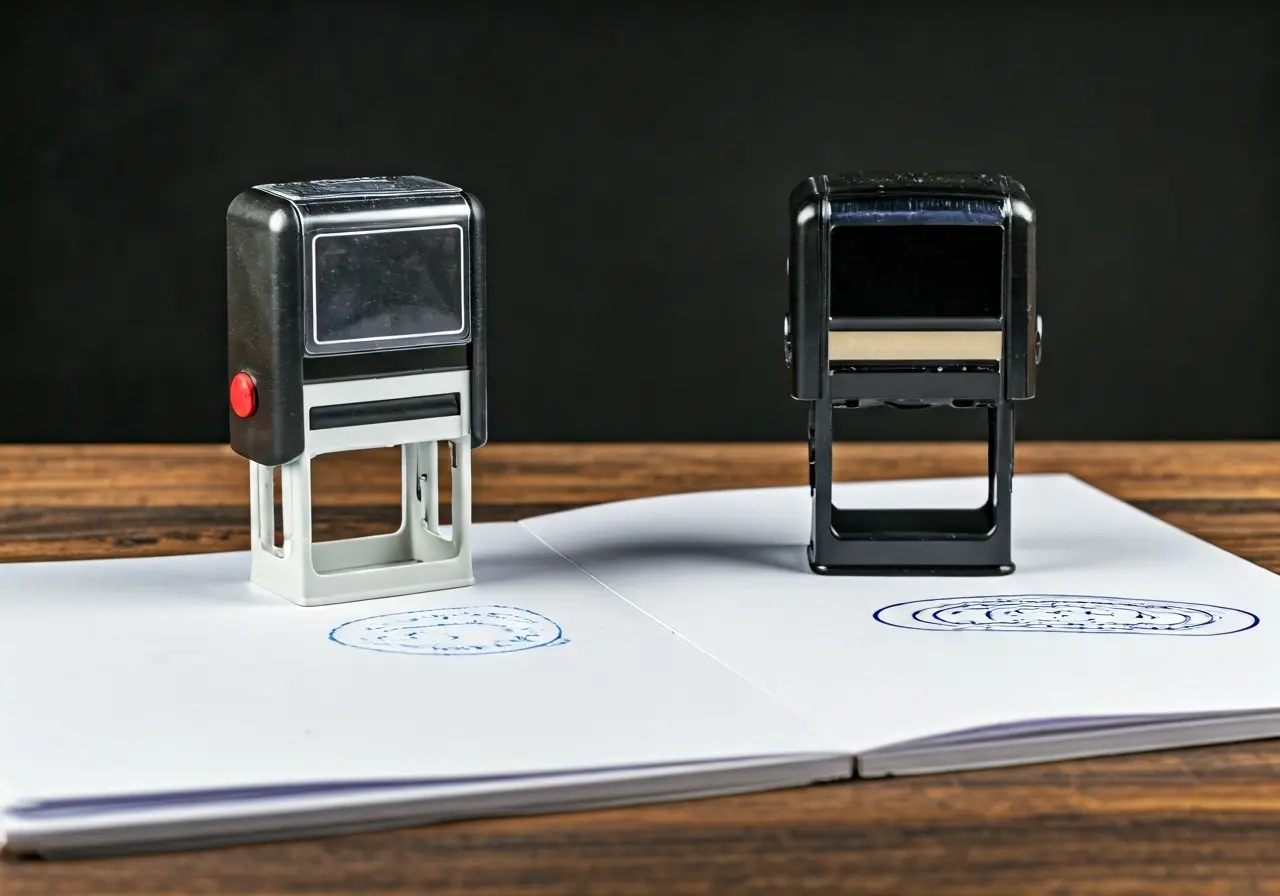
How Do Self-Inking Stampers Compare to Traditional Stampers?
Stamping has been a reliable tool for anyone looking to leave a mark, whether for branding, decoration, or office use. There are two major kinds of stampers: self-inking and traditional. In this blog, we’ll dive into a friendly comparison to help you understand their key differences, advantages, and suitability for your needs.
What Are Self-Inking Stampers?
Self-inking stampers are designed to automatically re-ink themselves after every use. This is done through an internal ink pad that lifts up and presses against the stamp when not in use. When you press down, the pad retracts, allowing a clean and consistent print.
One of the standout features of self-inking stampers is their efficiency. Due to their built-in ink reservoir, they eliminate the need for a separate ink pad, saving time in busy environments. This feature makes them particularly popular in offices where time management is essential.
Furthermore, self-inking stampers are designed to last. The durable mechanism ensures thousands of impressions before needing a refill, offering great value for high-frequency users.
What Are Traditional Stampers?
Traditional stampers, often known as rubber stampers, require a separate ink pad. Users press the stamp onto the ink pad to apply ink, then onto the desired surface. These are typically made of wood or plastic handles with a rubber stamp base.
The charm of traditional stampers lies in their tactile experience. Many users enjoy the manual process of inking, which allows for an artisanal touch. This characteristic is particularly appreciated in crafting and personalized projects.
In addition, they offer flexibility in terms of ink choice, allowing for easy switching between various colors. This capability is a boon for creative projects where color variety enhances the design.
Advantages of Self-Inking Stampers
Self-inking stampers are appreciated for their quickness and cleanliness. With no separate ink pad, there’s less mess, making them ideal for high-volume tasks. They also allow for smoother operation, reducing hand strain.
Additionally, the reliability of self-inking stampers is noteworthy. Designed to perform consistently, they deliver sharp impressions time after time, which is crucial for professional settings.
Advantages of Traditional Stampers
Traditional stampers offer greater flexibility because you can change ink colors easily. They are often more affordable and customizable, perfect for artistic ventures or infrequent use.
Moreover, traditional stampers are ideal for bespoke designs. The separation of the stamper and ink pad means that users can employ unique ink blends and even specialty inks, such as metallic or embossing inks, for special effects.
Choosing the Right Stamper for You
When choosing between self-inking and traditional stampers, it often comes down to personal preference and specific needs. Self-inking stampers shine with their convenience and ease of use, making them ideal for frequent stamping tasks. On the other hand, traditional stampers offer flexibility in ink choice and are often preferred by those who stamp occasionally or need custom colors. We hope this guide helps you make an informed decision.

